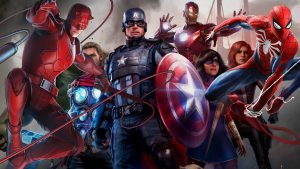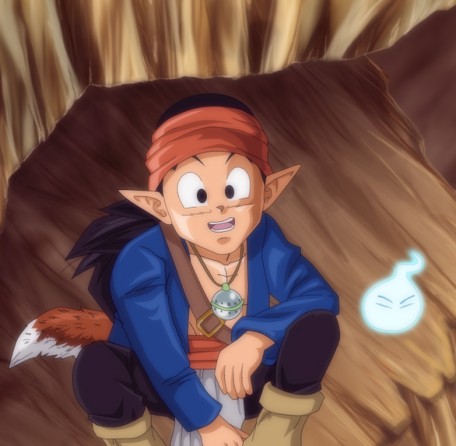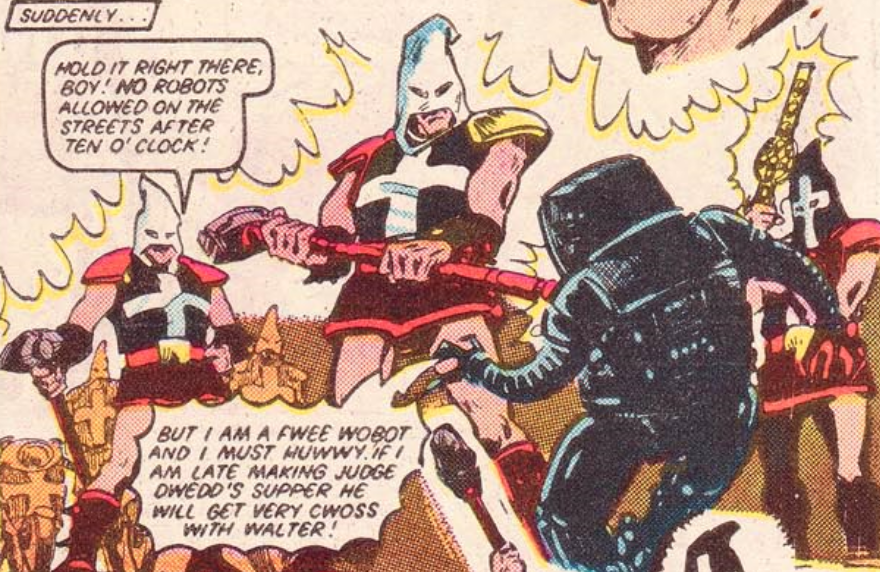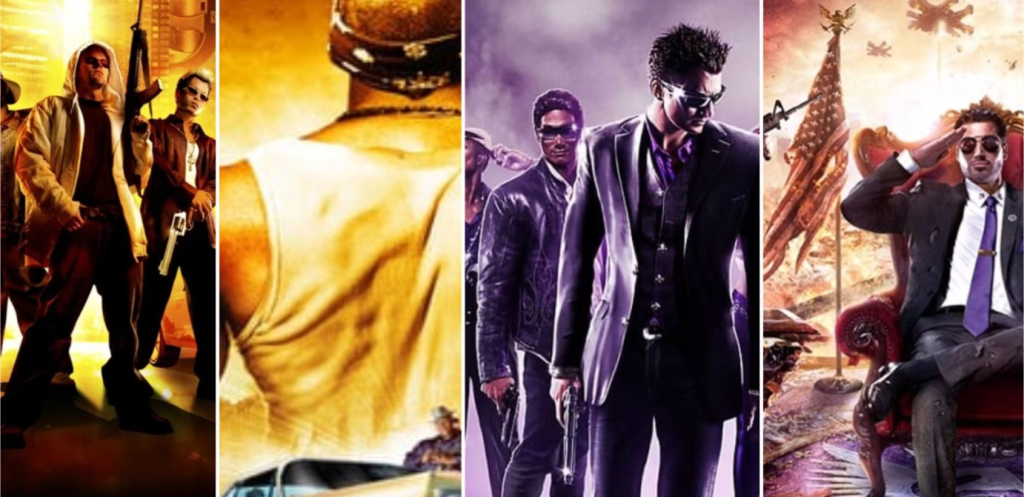(AfroGamers.com) The ascension of Marvel’s The Avengers into an A-tier team is actually pretty straight-forward. It all goes back to the late 1990s—1995 to be exact—when Marvel took its first earning loss. A long-running entity such as Marvel should’ve been able to tank the hit and rebound but not only did the comics giant’s knees buckle, it went face down to the mat. It would declare bankruptcy while a merger with ToyBiz was in the works in the late 1990s.
Marvel Navigates Strange Financial Waters
So, how did Marvel buckle and what about The Avengers? The first question’s answer is simple. During the late 90s, the comic book market was really going through it. Most publishers were getting clapped. DC would survive thanks to being a subsidiary of a larger company.
Marvel managed to stay afloat but would end up selling off the film rights to several major titles. By “major” I mean that these were the publisher’s A-list heroes and teams such as Spider-Man, The Fantastic 4, and the X-Men.
What’s interesting about this is that Marvel went to battle for its film rights before this. You’d think there would be some foresight or that after surviving a scrape with bankruptcy, it would be more proactive in keeping its properties.
In the case of some of the series, it’s a matter of the film rights being out in the world decades earlier. This is why Fantastic 4 ending up getting sub-licensed to 20th Century Fox in the late 80s. Or X-Men going to the same company in 1994. It resulted in cash for Marvel to keep its head above water and later on to start investing in its own movie studio.
The Avengers: Foundation of the Marvel Cinematic Universe
Wesley Snipes originally wanted to do a Black Panther movie in the late 90s. That fell through, obviously. I always found that odd since in the pages of Marvel Universe, T’Challa has always been written to have a more prominent role than Blade. Hell, Luke Cage even ascended to being a significant character in the early 2000s—after Blade turned everything around for Marvel.
When the first Blade film dropped it resulted in a very nice chunk of change for Marvel. Blade, like Luke Cage, and Ghost Rider were basically on Marvel’s B-team. They were still respected characters among long-time readers but these guys didn’t have mainstream appeal of Spidey or Wolverine.
At least until Blade rocked it at the box office. After that, Marvel looked at the rest of their B-tier characters to see who else could possibly give them box office gold. A couple of other films came with The Hulk and Ghost Rider getting their time at the cinema.
Marvel would strike gold after running Captain America, Iron Man, and The Avengers. These heroes were always in the mix of the comics’ biggest events with big, universe-changing roles. However, star powers counts. While within the comic universe, these teams and characters would’ve been important A-tier players. When it came to star power beyond comic book fans, we’re talking B+ players.
Once those films dropped, that all changed and now the benched players were delivering highly-rated films. Marvel was swimming in money. Meanwhile, two of the three A-tier players were mostly dropping the ball as far quality films but still generating hundreds of millions.
With that, The Avengers, Captain America, and Iron Man became A-tier players and that was reflected in the comics and other media.
Staff Writer; M. Swift
This talented writer is also a podcast host, and comic book fan who loves all things old school. One may also find him on Twitter at; metalswift.

















Leave a Reply